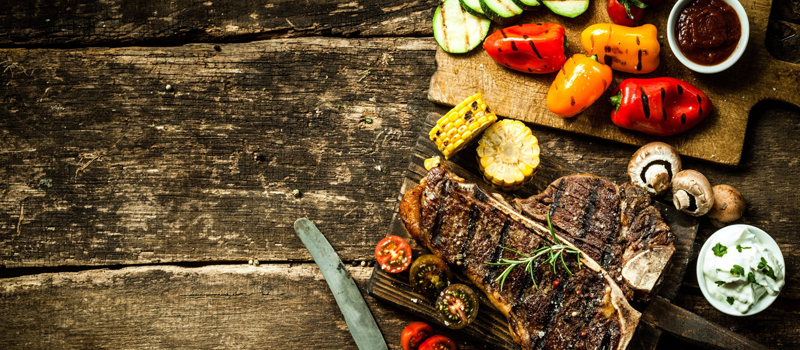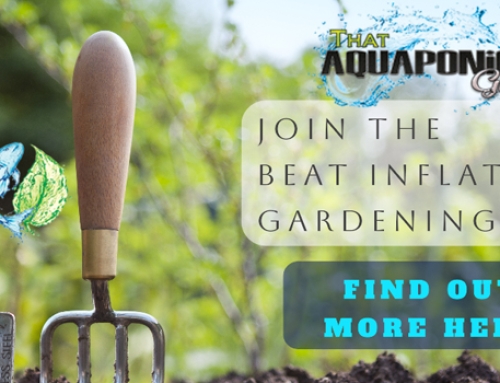When I was growing up just outside of Salt Lake City, we had a neighbor named Hambone. Hambone was the original backyard farmer who planted a huge vegetable garden each summer. A commercial welder by trade, his garden was his passion, and it, along with his peach and cherry trees, provided his family a bounty of fresh fruit and vegetables throughout the summer.
Our family’s small garden was puny by comparison, but both gave me an appreciation for the value of fresh, homegrown food.
Hambone loved his vegetables, but the neighborhood kids loved his fruit trees, and he was constantly after us for snitching the peaches or ripe cherries from his trees. He would diligently spray the peaches to keep the pests at bay, then warn us that they’d been sprayed and not to eat them. We didn’t care. In the brashness of youth, we simply wiped them on our shirts and munched away whenever we wanted a snack. Of course, if he hadn’t planted his fruit trees directly next to our playhouse, he might have had a better chance at harvesting more of his crop!
There has been a huge resurgence in backyard vegetable farming, and there are lots of good reasons to turn at least part of your yard over to the production of food. One of the best is that a lawn wastes precious water resources, whereas a vegetable garden not only consumes less water but produces fresh vegetables for the family’s dinner table.
In our high, dry climate, conserving precious water resources is critical. If set up on a drip system, vegetable gardens should use less water than broadcast watering an entire lawn.
This is the same all over this glorious country of ours. Even along waterways such as the Mississippi, we often have droughts in diverse places that call for water conservation.
Another reason to consider backyard farming is that it will improve your health. Not only does gardening provide great exercise, the fruits and vegetables you produce and harvest right before cooking or consuming will be among the most nutritious food you eat. Adding these high-quality, homegrown foods to your diet means that you will be eating less processed or chemically enhanced products.
The idea of food security has been a big topic in our community, and backyard farming reduces your dependence on supermarket food. A small investment in some seeds, plants, and tools can generate hundreds of dollars worth of produce. The more fresh food you can produce on your own, the less dependence you will have on the food supply chain. As we have experienced recently, having food put by, as my grandma used to say, can be a very helpful thing when you can’t find what you need at the grocery store.
The food that is generated from your backyard gardens is not only fresher, but it creates less waste from packaging. Since it hasn’t been shipped nearly as far, or stored like that found in the supermarket, it may be safer as well. Many supermarket chains use food distribution centers that rely on extensive cold storage units to hold, then process fruits and vegetables. Most produce and fruit will lose nutrients and flavor during this process.
The more elements your food is exposed to – processing at the place of harvest, transportation to and from the distribution center, sitting on the supermarket shelves, etc. – the more opportunities arise for contamination and a decline in quality. By growing your own food or purchasing from a local producer, you eliminate those risks since you’ll know exactly where your food comes from and how it’s been handled post-harvest.
Whether it is simply a hobby for you or you are a serious gardening enthusiast, now is the time to try, or expand, backyard farming. I challenge you to grow some of your own food this summer! You can start with something as simple as a single tomato plant in a pot or a pot or two of herbs on the windowsill. Just like neighbor Bob, I’ll bet that you’ll discover there is great satisfaction in planting a seed or seedling and watching it grow, then enjoying the fresh-from-the-garden produce you’ll harvest.






